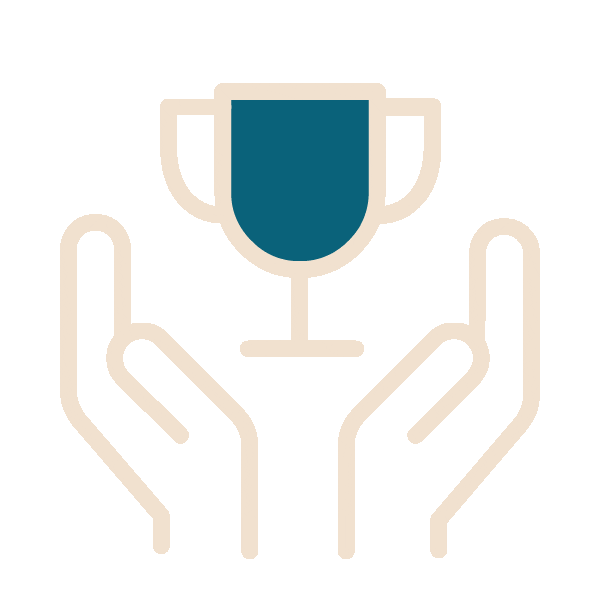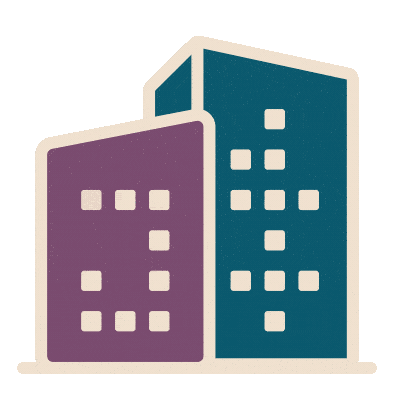The more we understand light, the more we can improve health
The more we measure the diversity of light stories, the more we can design for indoor and outdoor light that serves public health.
Light is the rainbow of color energy we perceive reflecting in family faces and sunsets. Light can help our mood, metabolism, sleep pattern, cognition, healing and happiness. In lieu of daylight from the sun, lighting technology has advanced to the point where designers can mimic the properties of daylight and supplement sunlight with electric lighting to improve health indoors.
While working from home, I have been testing a spectrometer for a ZGF pilot project. A spectrometer is an optical measuring device that splits light into discrete wavelengths of energy. Each wavelength is a color in the visible spectrum and is measured from crest to crest like an ocean wave. This can be charted across the visible spectrum to give a spectrum power Distribution, or SPD.
Once you have a SPD from a light source, you can calculate metrics based on biological sensitivity curves to predict human vision as perceived by cone cells (LUX), human circadian response in the ganglion cells (EML), and plants’ photosynthesis in chloroplasts (PAR). Plants absorb blue and red to grow reflecting greens. Humans see green brightest while blue sets our daily clock.

I’ve been bringing the spectrometer on my daily walks. The chart below shows measurements on one sunny April day starting at 8:00 a.m. at my home office. From there, I walk through the streets to the beach and forest. To understand the biological light, I included the metrics LUX, EML and color correlated temperature (CCT). Sunglasses were only required around 8:30 a.m. when I turned east into the direct sun (see the chart peak). Otherwise, it was a very comfortable visual experience.

The chart below shows the relative amount of light between indoors working from home, beach, forest and light passing through a leaf. Not surprisingly, light at the beach dwarfs the light available in front of a computer. The chart also shows a spectral shift from home to beach to forest.

Working from home, I have three light sources including a window, overhead light and computer screens set 24” from my eyes. The SPD graph below represents the light measured at my eye, most of which is from the monitors. Notice the three spikes in blue, green and red, which is a by-product of the computer monitors trying to replicate white light (all wavelengths). The EML measured at 138 falls short of the 200 EML target that WELL prescribes. The dominant color, or color humans perceive brightest, is yellow at 585 nanometers.

Then I walked to the beach where 180 degrees of blue sky reflected off Puget Sound. Notice in the SPD below that it is full spectrum and most powerful in violet-blue-cyan. This pattern is common for clear skies. Note LUX, EML and CCT are much higher than indoors. Eleven thousand EML will stimulate your circadian rhythm like Italian espresso! With all that blue sky and water, the dominant color is now 476 nanometers or cyan.

Walking into the forest, the color of the world shifts from blue to green. The light levels through the tree canopy dim relative to the beach but are still 7 to 8 times what you expect indoors. The dominant color in this scene has shifted to a yellowish-green at 576 nanometers.

Measuring the light exiting one leaf illustrates photosynthesis in action. Most of the red and blue light is absorbed while green light bounces into our eye. The dominant color correspondingly shifts a bit closer to green or 565 nanometers.

Using spectrometers in architecture has applications for clients who want to perform pre- and post-occupancy evaluations. For healthcare, collecting indoor spectra from the perspective of a nurse, a patient or the patient’s family, gives a baseline of data to compare health outcomes with alternative lighting. For example, a nurse needs high color rendering to evaluate the color of a baby, a patient needs morning light to stimulate their circadian rhythm, and a family needs warm, dim light at the end of a long day. Workplace and home provide other opportunities to implement alternative lighting. A recent ZGF study of indoor lighting in offices showed that workers may be falling short of the WELL standard based on where they sit, lighting design, and behavior with monitors and task lights.
Mapping the yellow home, blue beach and green forest illuminates light stories that can be compared and understood as they relate to our health. Each is unique in spectrum, power, biological response and beauty. Indoor light has quite a challenge to match daylight in raw power and color variability, which is ever-changing over the day, season and landscape. There is still much to learn about light health and design possibilities. The more we measure the diversity of light stories, the more we can design for indoor and outdoor light that serves public health.
To learn more, you can reach out to Marty at marty.brennan@zgf.com.







